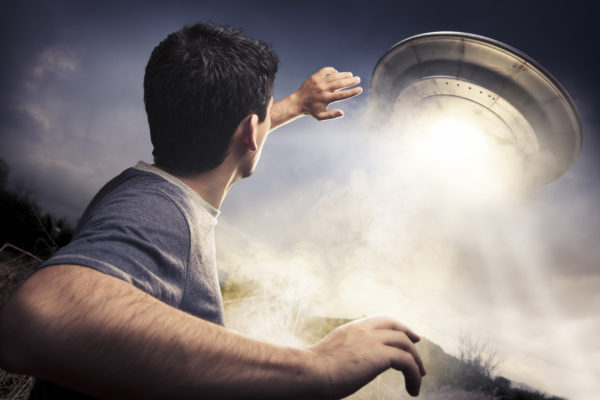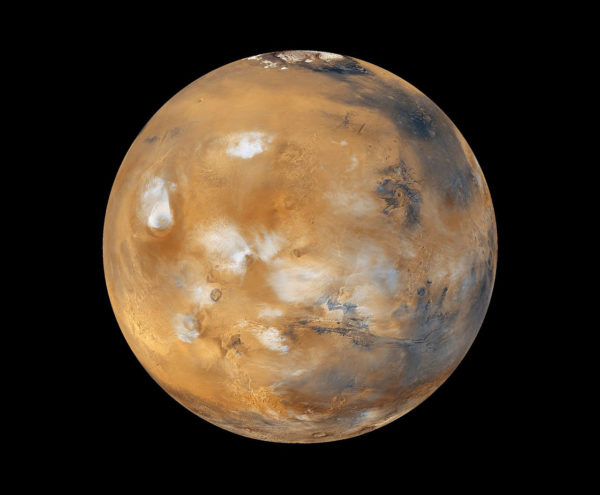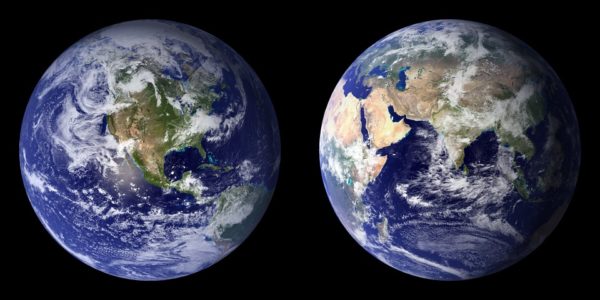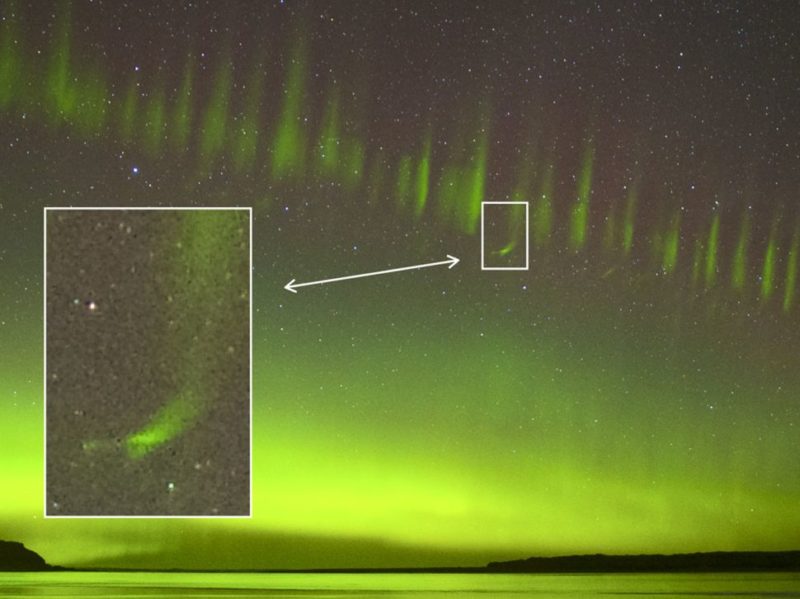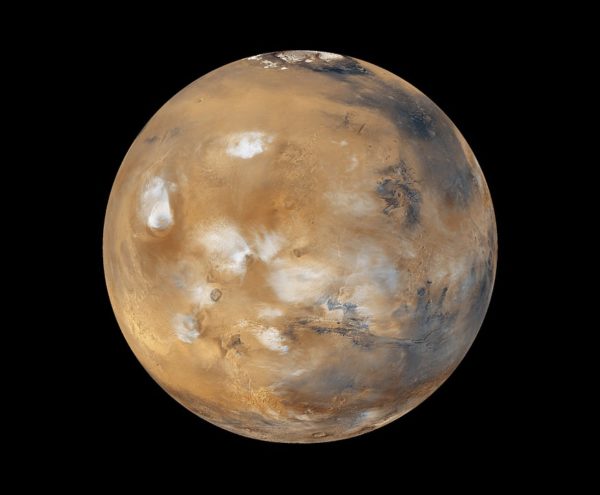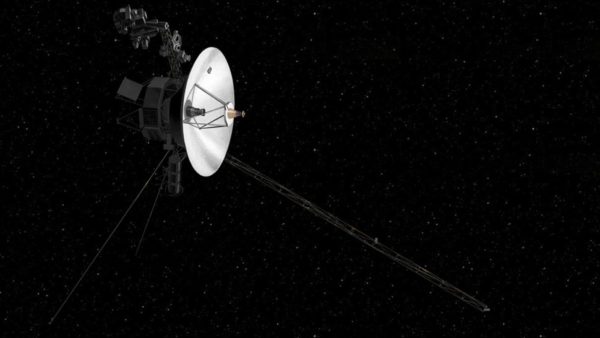Long Secret Diary Could Offer Insight Into Roswell Incident
A long-hidden diary belonging to a U.S. intelligence officer has rekindled research into the Roswell Incident, the infamous UFO crash in Roswell, New Mexico, that took place more than 70 years ago. When a mysterious object slammed into the desert near the Roswell Army Air Field (RAAF) in July 1947, Maj. Jesse Marcel, an RAAF intelligence officer, was sent to supervise collection of the debris. A press officer at the RAAF issued a statement on July 8 describing “the crash and recovery of ‘a flying disc,’” which many interpreted as evidence of alien contact. But the next day, another army … Read more



